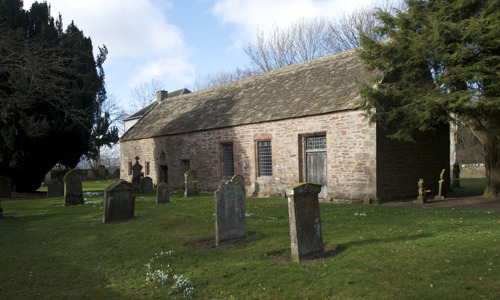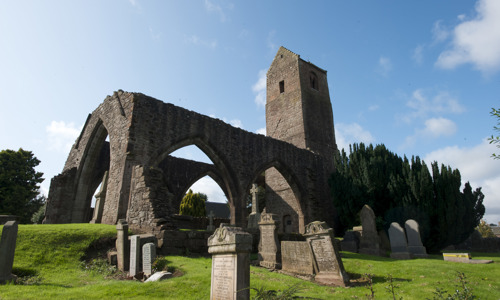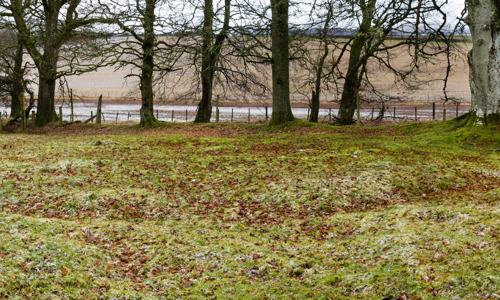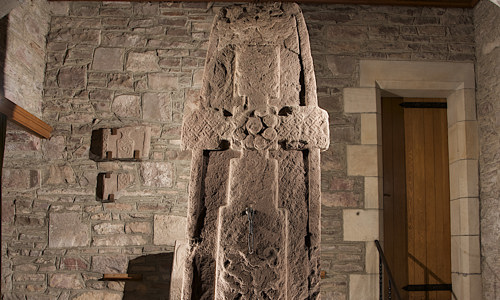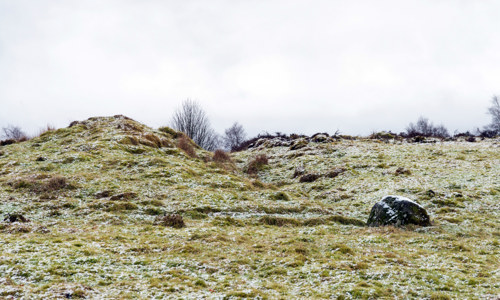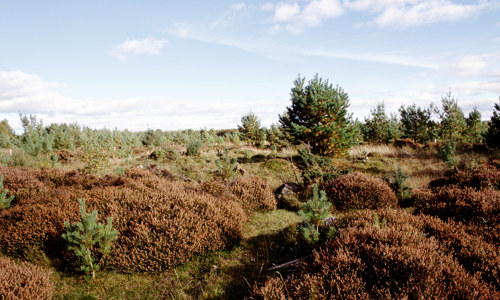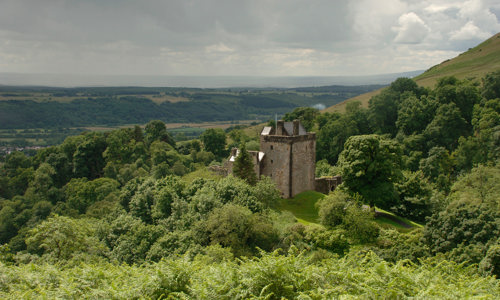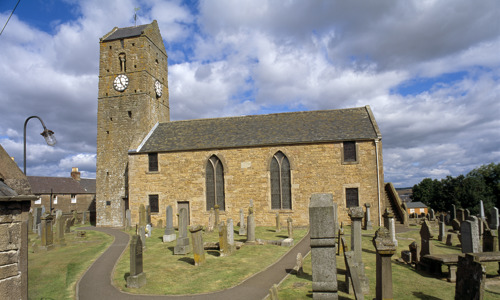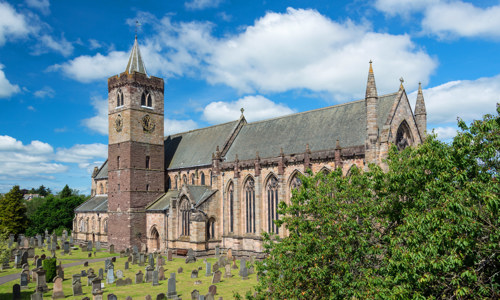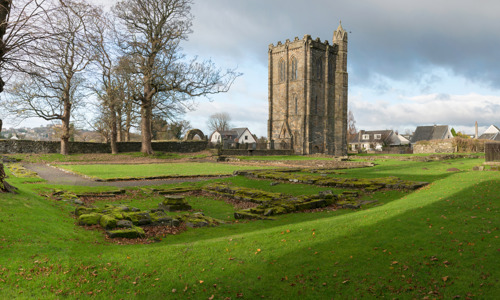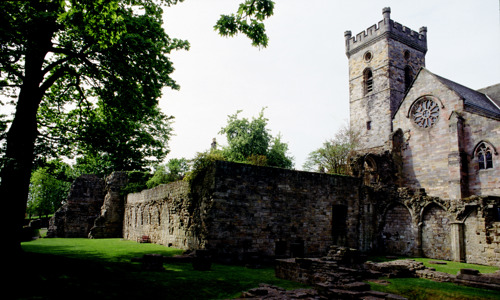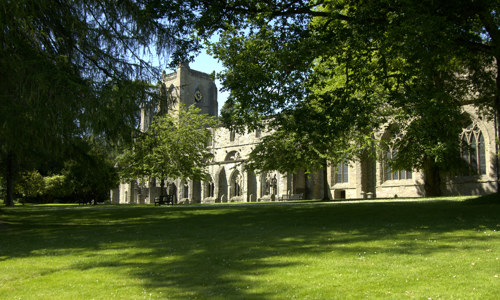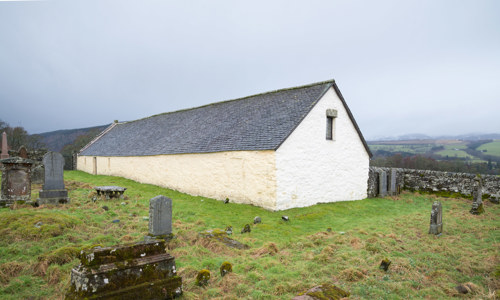History
Tullibardine Chapel is a monument to the piety of the Murray family. It was built by Sir David Murray of Tullibardine, ancestor of the earls of Atholl, and his lady, Margaret Colquhoun, near their residence of Tullibardine Castle. It was originally probably a plain, rectangular church.
It’s likely Sir David intended to found a college of priests, though the chapel never attained collegiate status. He died shortly after its completion.
Their grandson Sir Andrew Murray enlarged the chapel in about 1500, adding a squat bell tower and transepts to the north and south, giving the church a cross-shaped layout.
Family chapel and mausoleum
The chapel served as the private church of the Murrays until the Protestant Reformation of 1560. It remained the family’s burial place into the 1900s.
Bonnie Prince Charlie’s general Lord George Murray buried his infant daughter here in 1740. Lord George would have been buried here too, were he not forced into exile after leading the Jacobite army to defeat at Culloden in 1746.
A fine survival
Tullibardine Chapel stands almost unchanged since Sir Andrew’s extensions in about 1500, and is one of the few medieval churches to have survived the Reformation unaltered.
Its setting, among a neat graveyard in a wooded area, is similar to how it appears in a map in the 1590s.
Medieval features of the church include:
- the timber roof
- niches for statues and aumbries, albeit minus their contents
- coats of arms of the Murray family, both inside and out
- masons’ marks – the signatures of the masons who worked on the chapel


